Our tour of the north continues. Learn something new about Greenland, the biggest nation in the Nordic region.
Here at Life in Norway HQ, we love nothing more than writing about Norway. But from time to time, we like to spread our wings and take a look around the Nordic region.
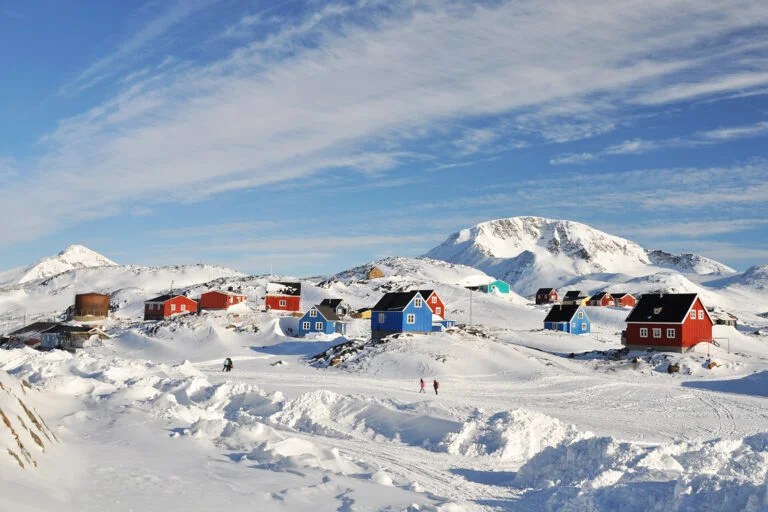
This time, we've chosen Greenland, a largely self-governed constituent country of Denmark. From enormous glaciers and iceberg-filled fjords to its hot springs, Greenland’s natural appeal has no limits.
The island also holds important Inuit cultural history and evidence of human settlement stretching back thousands of years.
Donald Trump's apparent interest put the island on the radar of some international tourists, yet Greenland still remains a mystery to many. To help fix that, here are 12 fascinating facts about Greenland.
1. Greenland’s land mass is huge—and mostly ice
Greenland is a vast island. The world’s biggest non-continental island, in fact. If Greenland were a fully independent country, its area of more than 2 million square kilometres would make it the 12th largest country by area on the planet.
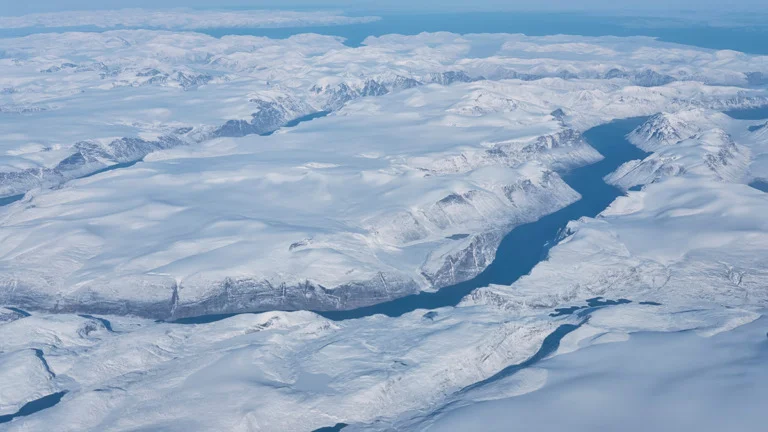
Almost 80% of the land mass is covered by an ice cap and glaciers. The latest scientific research suggests the ice cap could be more than 400,000 years old.
2. Greenland’s population is small
Despite the available ice-free land being roughly the size of Sweden, Greenland’s population is just 56,000.
Almost 90% of those are Inuit, whose ancestors are believed to have originated from eastern Siberia and traveled to Greenland via Canada in the 13th century.
Interested in visiting Greenland? Check out our article all about how to travel to Greenland.
Norsemen from Iceland settled on the southern coastline in the 10th century, but they disappeared a few centuries later. They weren’t the only ones. There is evidence of human settlement on Greenland stretching back more than 4,000 years.
3. All the settlements are isolated
There are no roads between any of the towns and settlements on Greenland. Air Greenland’s fleet of helicopters and Dash-8 propellor planes provide a critical transport service for locals, and useful shuttle for tourists not traveling by cruise ship.
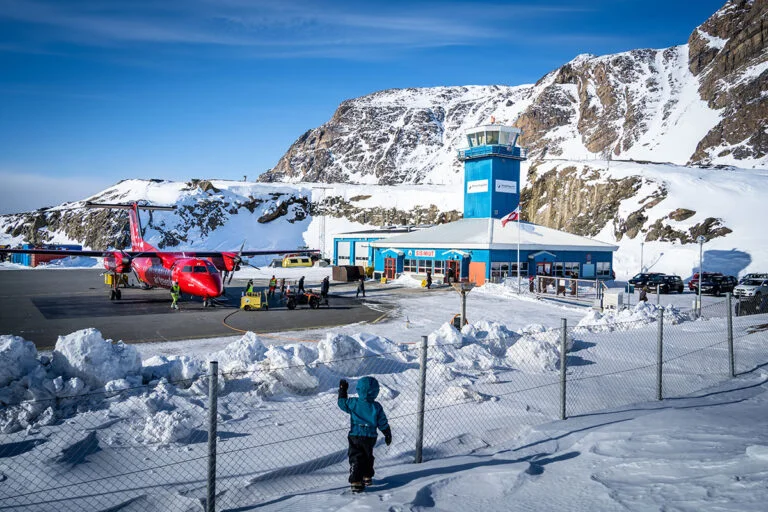
4. The Arctic Umiaq Line is Greenland's equivalent to Hurtigruten
Norway's Hurtigruten provides freight and passenger service to many remote communities along the Norwegian coast. The Arctic Umiaq Line does a similar job but is even more of a lifeline for the entire west coast of Greenland.
However, while much of Hurtigruten's operation is geared towards tourism these days, the Arctic Umiaq Line is first and foremost a transport line for cargo and local passengers between the 12 ports.
Just one vessel operates on the route. The M/S Sarfaq Ittuk has room for 249 passengers.
5. Greenland is North American, but politically European
Since the 10th century, Greenland has been economically and politically associated with Europe through various unions with Norway and Denmark.
Considered Danish territory since 1814 when the Denmark-Norway union was dissolved, Greenland was fully absorbed into the Danish state in 1953, but granted home rule just 26 years later. Greenland has fully self-governed since 2009 but remains economically reliant on Denmark and continues to use the Danish krone.
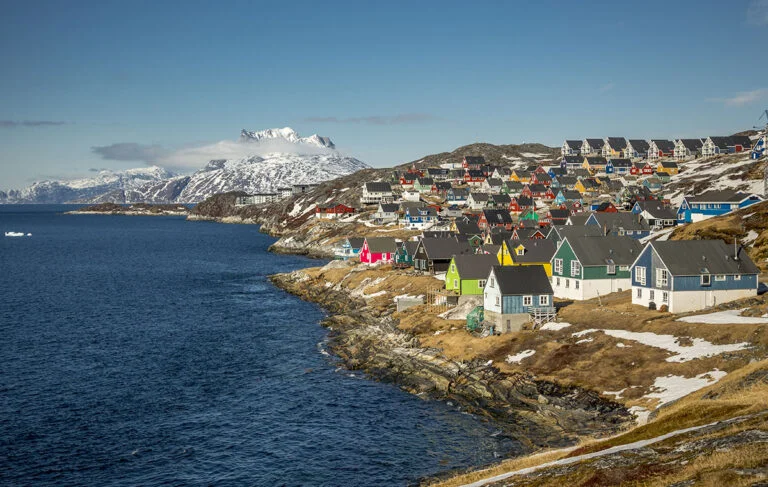
However, the land of Greenland is actually part of North America. The island sits on the eastern edge of the North American tectonic plate. Despite this, Greenland is considered a Nordic nation.
6. Greenlandic is closely related to Inuit languages in Canada
Greenlandic is a fascinating language that is a mystery to most visitors. It is the most widely spoken Eskimo–Aleut language, but still has just 56,000 speakers. However, Greenlanders also speak Danish and most speak at least some English.
7. Some Greenlandic words have been adopted into English
Despite the uniqueness of the language, some Greenlandic words have made it into English. The most notable are “kayak” and “igloo”.
There are also main loan words from both English and Danish that are used everyday by Greenlandic speakers.
8. The Greenlandic people have a unique culture
Despite the strong ties with Denmark, Greenland’s culture is strikingly different from Scandinavia. However, the traditional Inuit culture is these days infused with modern influences thanks to tourism and the internet.
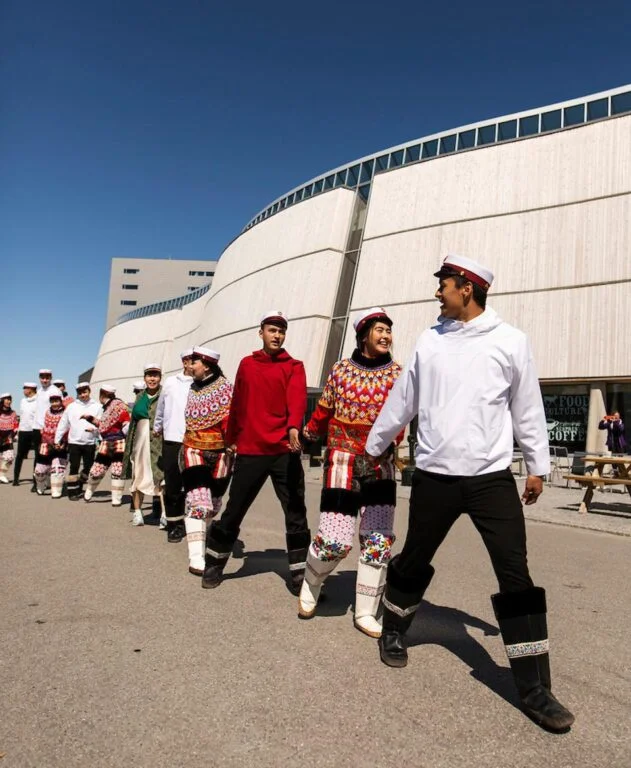
This is most obviously seen in the capital city Nuuk, home to around 25% of Greenland’s population. Traditional brightly-painted wooden houses stand side-by-side with modern office buildings and a shopping mall that wouldn’t look out of place in Copenhagen.
Some aspects of the culture such as whaling and seal hunting are often frowned upon internationally, but they are customs that have been carried out for centuries.
Times are changing, though. The export of whale and seal meat is banned, while selected species including the blue whale are protected.
9. Greenland is already feeling the impact of climate change
The glaciers of Iceland are one of the most obvious places in the world to see the impact of climate change. “The bigger they are, the faster they melt,” was the stark verdict of a recent scientific study.
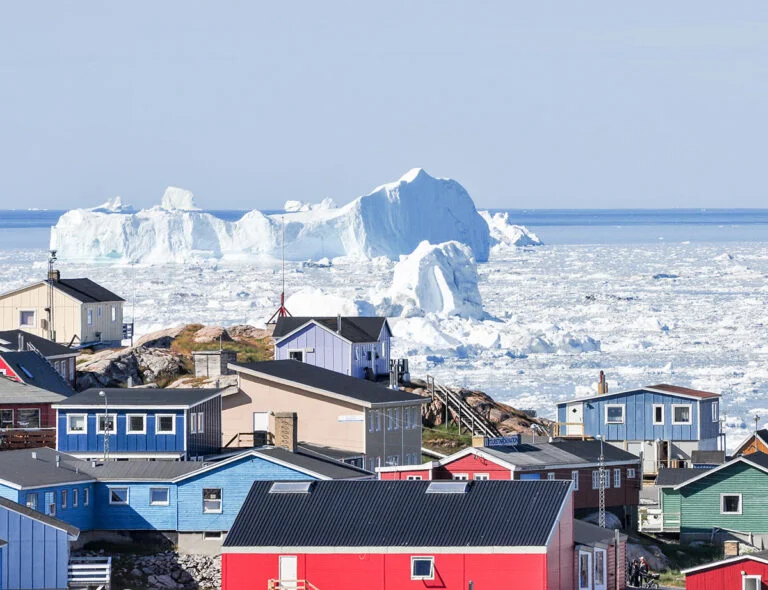
Since 2003, the vast northeast Greenland ice sheet has lost more than 10 billion tons of ice every year, according to a recent study. Were it to melt completely, scientists estimate a global sea level of rise of up to 23 feet.
10. There are three UNESCO World Heritage sites
Greenland’s 38-mile-long Ilulissat Icefjord is fed by the world’s fastest moving glacier and is often filled with icebergs.
The dramatic calving activity has helped scientists to better understand climate change and its impact on glaciers.
For many years the Icefjord was Greenland’s only site on the UNESCO World Heritage list, but two recent addditions have shone new light on Greenland’s environmental and cultural diversity.
Southern Greenland’s Kujataa made the list for its remarkable farming culture in both the Norse and Inuit times, while the vast Inuit hunting ground Aasivissuit-Nipisat is the largest ice-free landscape on the island.
11. Hvalsey Church ruins date back around 700 years
The stone ruins of Hvalsey church are the best preserved Norse ruins in Greenland.
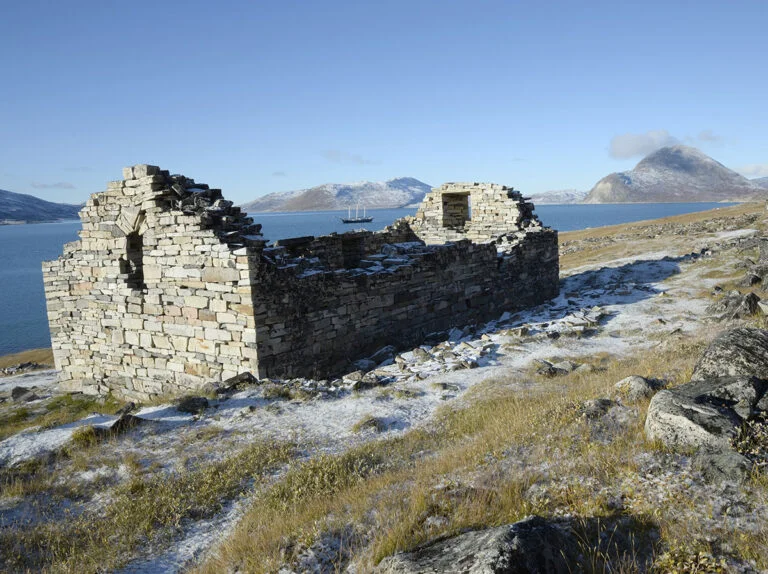
Believed to have been built in the early 14th century, archaeological finds suggest that older churches also stood here.
The area has had a continuous human presence for thousands of years. According to the Norse sagas, Hvalsey (now Qaqortoq) was claimed by a relative of Erik the Red.
Christianity arrived in Greenland around the year 1000 and the first churches were built. The last written record of the Norse presence is of a wedding in the church in 1408.
12. The Greenland shark outlives humans–and then some
Capable of living up to 400 years, the Greenland shark is the world’s longest living vertebrate. Its potential life span is twice the age of oldest land mammal, the giant tortoise.
This relatively rare species lives in cold, deep waters so relatively little is known about it. Despite its slow speed, he Greenland shark appears to be a top predator.
The Greenland shark is not unique to the nation. It's the only shark found in the Arctic Ocean year-round, but also lives in the North Atlantic and Russian High Arctic.
Have you ever been to Greenland? What's your favourite fun fact about this remote place?


